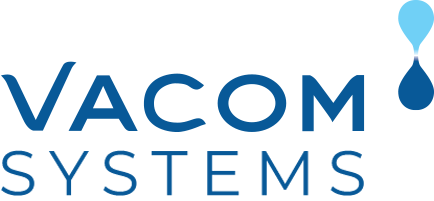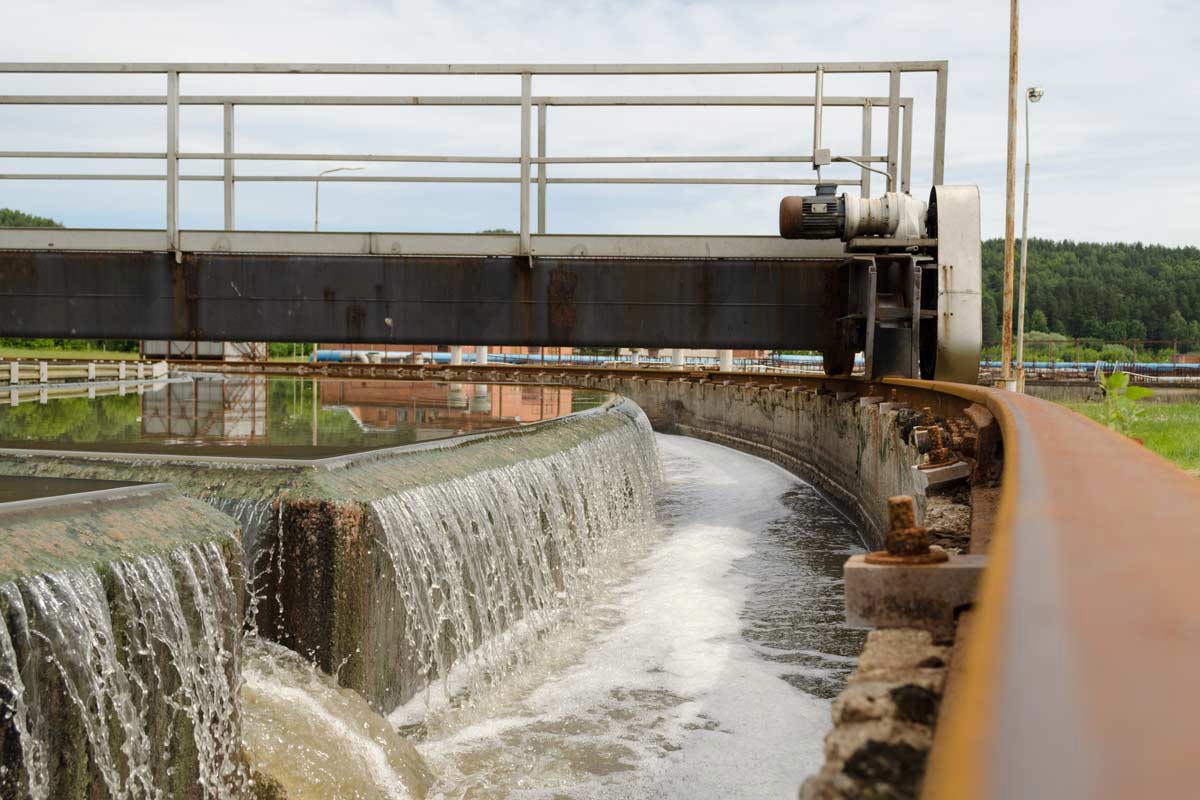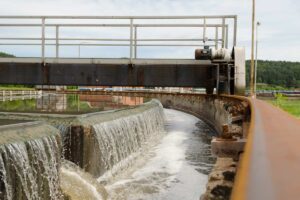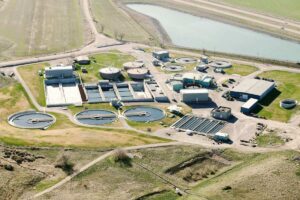The human race generates a lot of waste, including sewage, and it’s important that we treat it before releasing it back into the environment. That’s where Vacom sewage treatment systems come in. Our systems are designed to remove harmful contaminants and pollutants from wastewater, so it’s safe to dispose of.
In this blog post, we’ll take a closer look at how Vacom sewage treatment systems work and the various types of systems that are commonly used.
Vacom sewage treatment systems consist of several stages that work together to clean the wastewater. The first stage is known as primary treatment, where the wastewater enters a settling tank. This allows the heavier solids to settle at the bottom and the lighter ones to rise to the top, forming a layer of scum. This layer is removed and disposed of in landfills, and the rest of the wastewater moves on to the next stage.
The second stage is called secondary treatment, where aerobic bacteria is introduced to eat away the organic material in the wastewater. This takes place in aeration tanks, where air is pumped in to supply oxygen to the bacteria. Once the bacteria has done its job, the treated water goes on to the final stage of treatment.
The final stage is tertiary treatment, where the water is further disinfected and filtered to remove any remaining contaminants. This is done using various methods, such as using activated carbon to remove any remaining organic matter, and chlorination or UV treatment to disinfect the water. After this stage, the water is clean enough to release back into the environment.
There are different types of sewage treatment systems, depending on the scale and purpose for which they’re used. One of the most common systems used in residential areas is the septic tank system. This system is found in areas that are not connected to the municipal sewer system. The septic tank is buried underground and acts as a holding tank for wastewater. As the wastewater enters the tank, the solids settle to the bottom, where they’re broken down by bacteria. The clarified water is discharged into the drain field, where it percolates through the soil and is absorbed by plants.
Another type of sewage treatment system is a municipal sewer system, which is used in urban areas. In this system, the sewage is collected from homes and businesses and transported through underground pipes to a treatment plant. The treatment plant treats the wastewater and releases it back into the environment.
Vacom sewage treatment systems play a crucial role in protecting the environment and public health. By treating wastewater, we can prevent the spread of disease and reduce the environmental impact of human waste. We looked at the different stages of sewage treatment and the various types of systems in use today. Whether you live in a remote area with a septic tank system or in a bustling city connected to a municipal sewer system, the importance of sewage treatment systems cannot be overstated.





